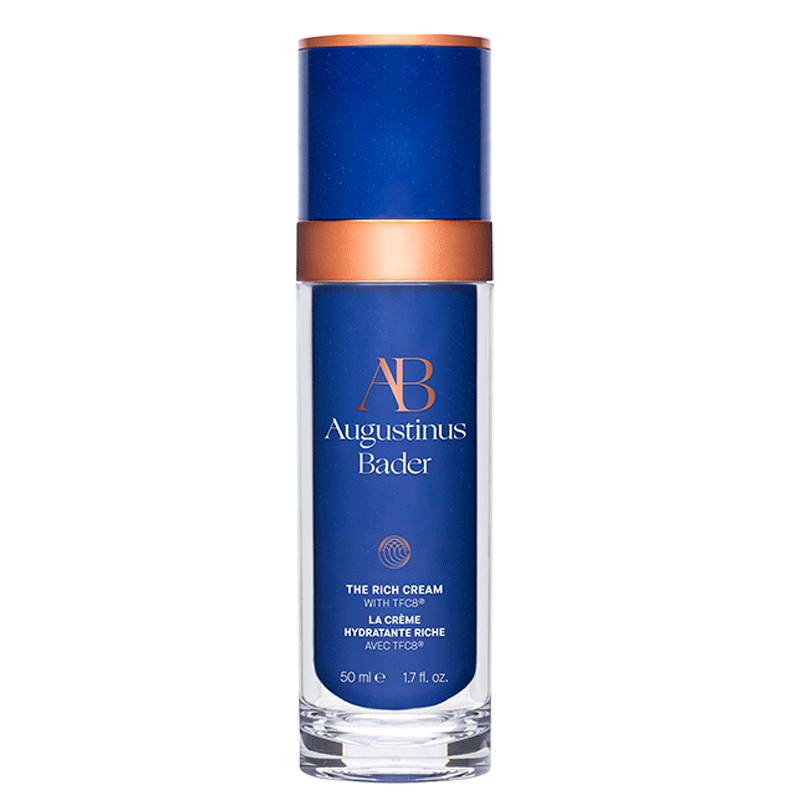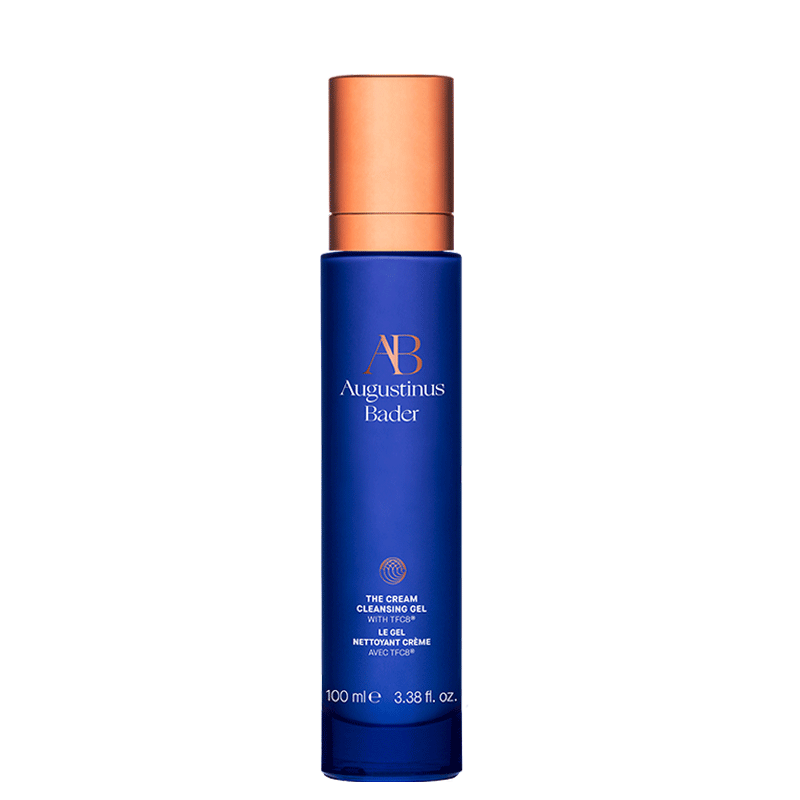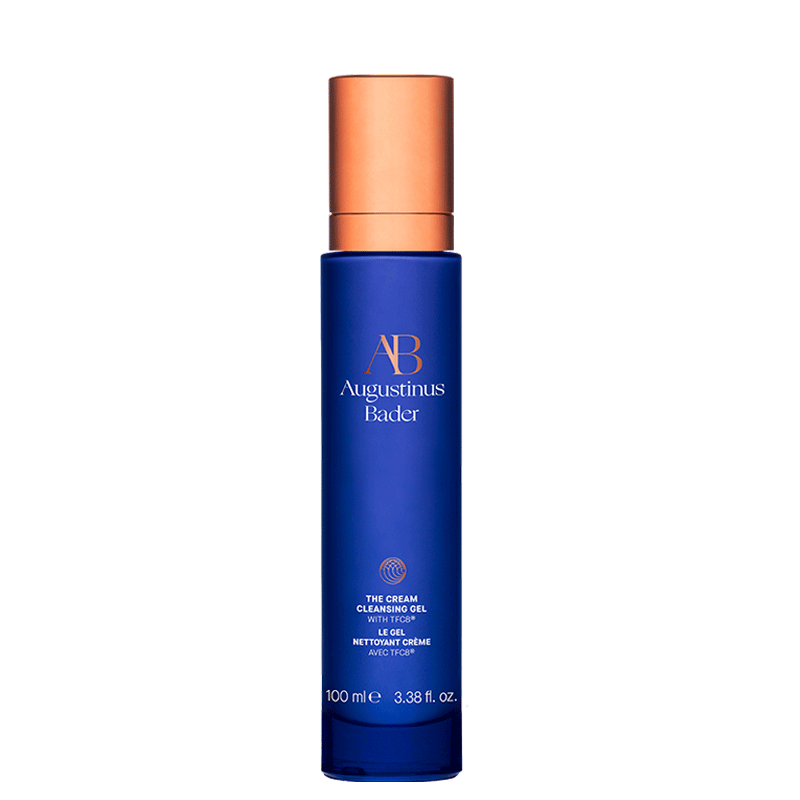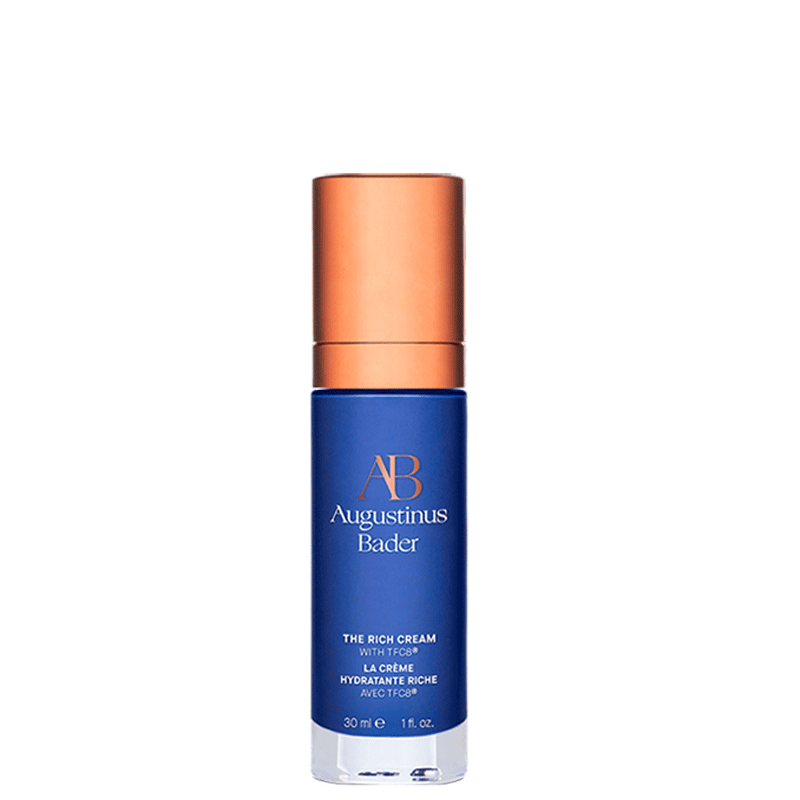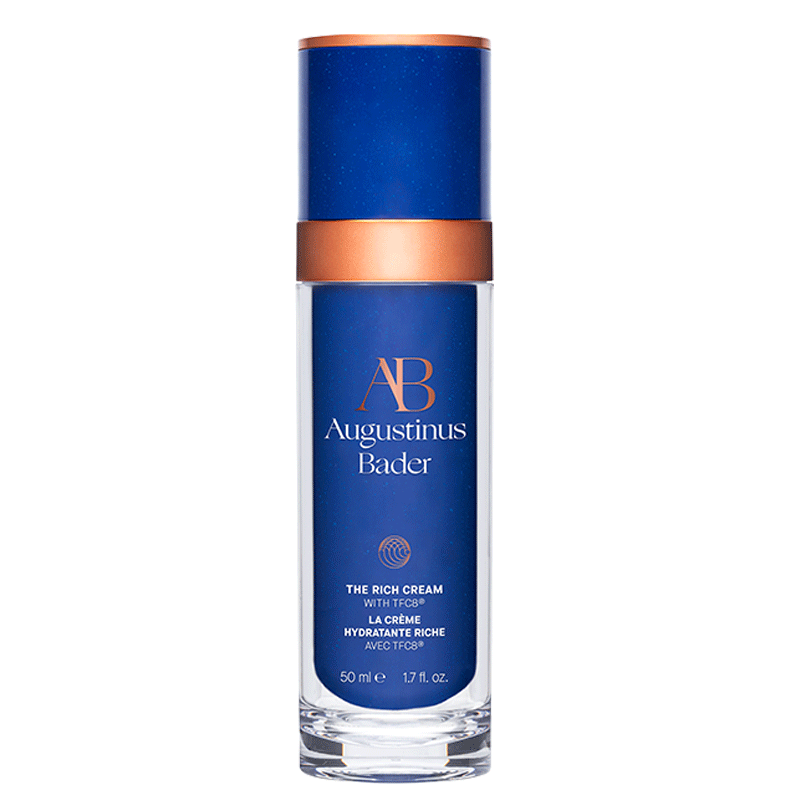Augustinus Bader Contributor and award-winning medical and cosmetic doctor, Dr. Ewoma, takes over the Bader Journal each week to answer some of your most commonly asked questions on application, ingredients, and skin concerns. This week, Dr. Ewoma shares her expert tips for supporting your skin after a professional treatment.
An essential part of the post-treatment process
There are times when you may want to incorporate professional treatments such as injectables, microneedling, and lasers as part of your skincare routine. In this case, providing your complexion with the correct aftercare and tools for recovery is an essential part of the post-treatment process.
Microneedling
For issues like pigmentation, acne scarring and rosacea; microneedling works by stimulating collagen production and the formation of new blood vessels through controlled injury to the skin. It’s able to penetrate the deeper layers of your skin by creating micro channels to the skin and the effects can be visible after as little as one week. I’m not a big advocate of at-home microneedling though; it really won’t yield the same results and in fact can cause more trauma to the skin.
My main piece of advice post any kind of treatment is to check in with your practitioner about the exact rules on how to care for the skin after treatment, as every management plan for each patient differs.
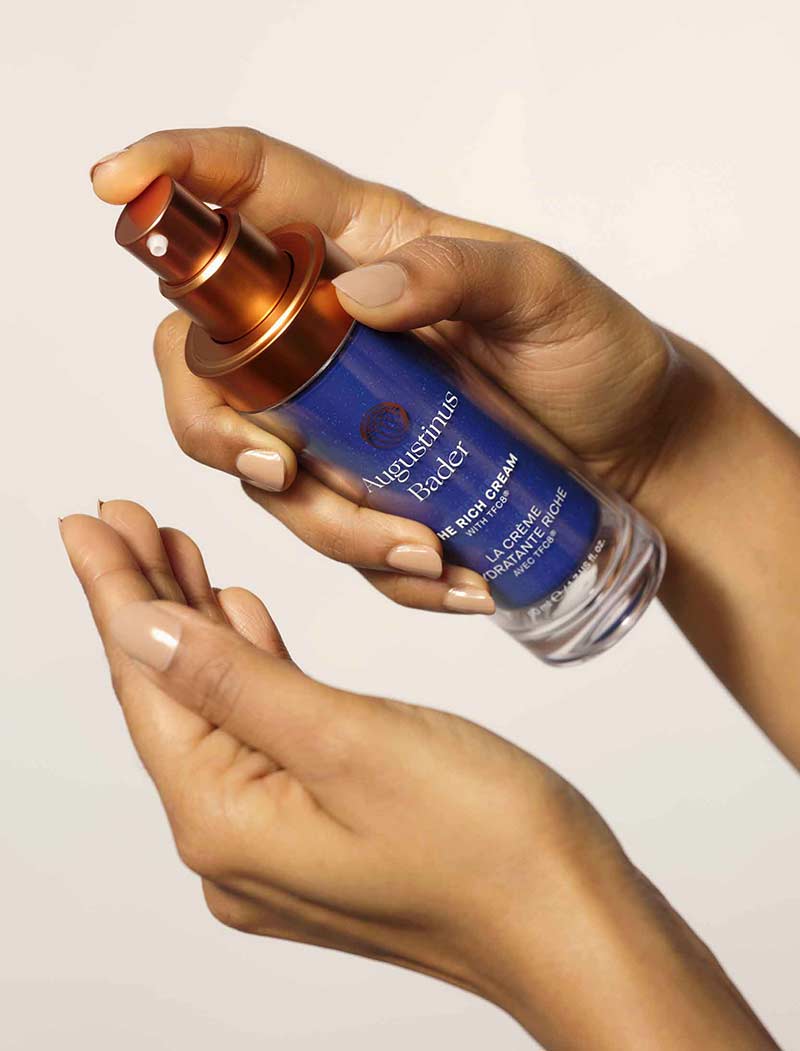
Post-microneedling; I advise avoiding potent actives such as AHA's or retinol for at least a week post treatment. You should also avoid SPF on the day of the treatment and after treatment as the microchannels created by the needling need to close, however it can be reintroduced the next day. If not the product can get into the dermis, and SPF isn't made for that - hence it can cause irritation. From the following day post-microneedling, you can use moisturiser and hydrating products.
Reach for nourishing formulas to deeply hydrate and support skin barrier function. The Rich Cream acts as the perfect cushion to your delicate dermis. The presence of essential fatty acids in Evening Primrose Oil work to reduce moisture loss and strengthen the skin while Vitamin E helps to optimise hydration and support our skin’s barrier.
Peels
Other popular treatments include chemical peels to resurface your complexion through the use of acids. Often sounding a lot scarier than they actually are, peels should gently exfoliate, remove damaged skin cells, stimulate the growth of new cells and promote collagen production. The result is smoother, brighter and clearer skin - provided you follow the correct aftercare. Perhaps unsurprisingly, avoid harsh exfoliants in the week after and keep your skin thoroughly moisturised to aid healing. Opt for gentle, nourishing cleansers like The Cream Cleansing Gel; it’s packed with soothing and highly moisturising cucumber extract, anti-inflammatory aloe vera juice and gentle rose flower water.
With all in-clinic treatments it’s hugely important to equip your skin with the care it needs for a seamless recovery, implementing nourishing, hydrating formulas support your skin’s barrier function and ultimately improve the results of your treatment. Introduce actives back into your routine according to your skin's sensitivity. If it's no longer sensitive after a week, re-introduce. If it is, wait a bit longer. Try not to manipulate the skin too much post-procedure too - this is especially the case post injectables so avoid any deep facial massages, gua sha or microcurrent at home etc.
Have a question or concern you'd like Dr. Ewoma to address? Head to our Instagram and let us know in the comments


